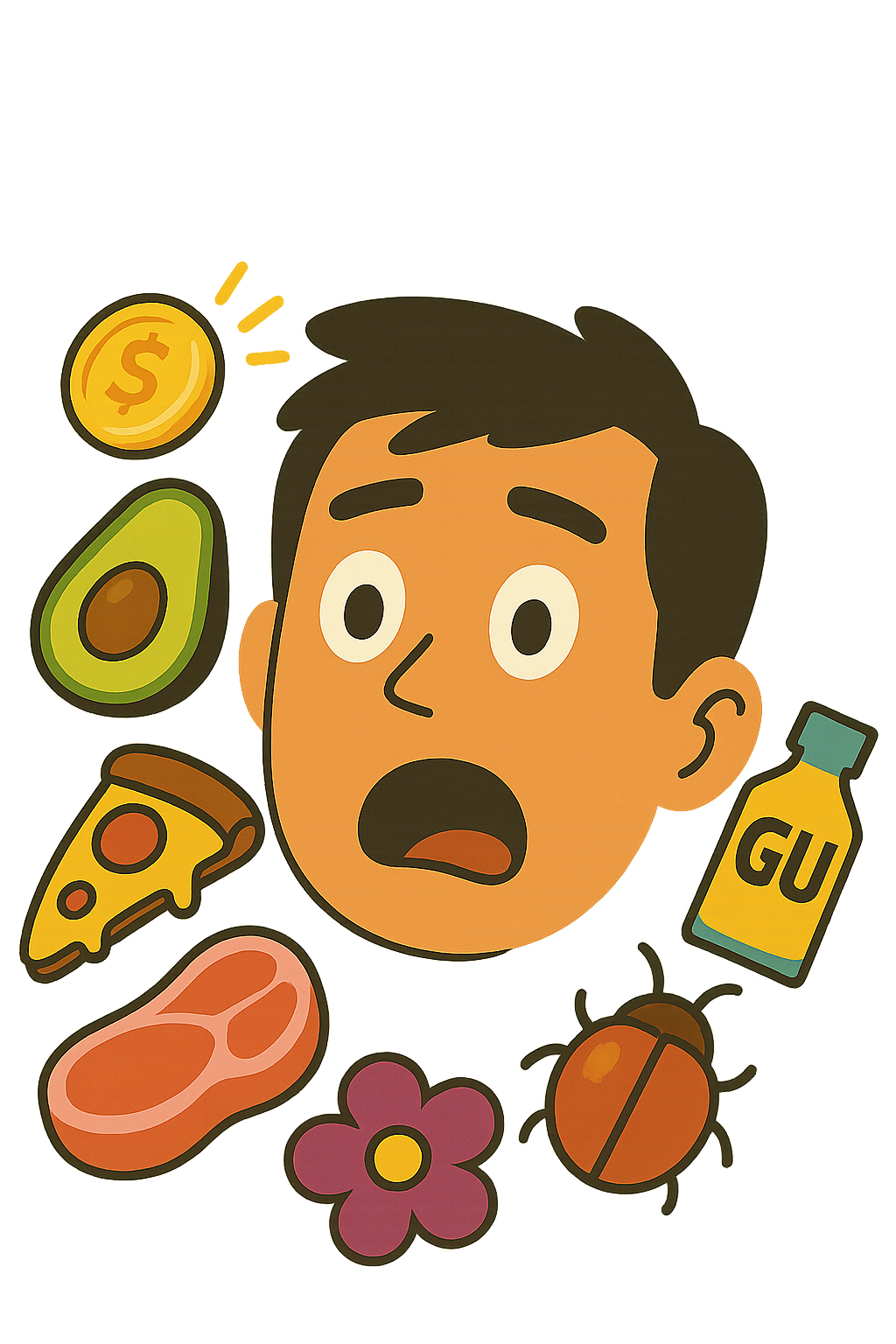Can you eat moldy potatoes?
Quick Answer
No
Eating moldy potatoes can be harmful as they may contain toxins produced by molds, such as mycotoxins and solanine, which can cause food poisoning and other health problems.

What Is It?
Moldy potatoes are potatoes that have been contaminated by mold, a type of fungus that can grow on food and other organic materials. The mold can cause the potatoes to rot and produce harmful toxins.
How to Tell
Signs of moldy potatoes include discoloration, a musty smell, and a fuzzy or slimy texture. The potatoes may also have green spots, which indicate the presence of solanine, a harmful toxin.
Why It Can Be Risky
Eating moldy potatoes can pose several health risks.
- Food poisoning: The molds on potatoes can produce mycotoxins, which can cause food poisoning symptoms such as nausea, vomiting, and diarrhea.
- Solanine poisoning: Green spots on potatoes indicate the presence of solanine, a toxin that can cause symptoms such as headache, fever, and even hallucinations in severe cases.
- Allergic reactions: Some people may be allergic to molds and can experience symptoms such as sneezing, itching, and difficulty breathing after eating moldy potatoes.
Safe Method?
If a potato has small green spots, you can cut off the green parts and cook the rest. However, if a potato is moldy, it’s best to throw it away to avoid the risks of mold toxins.
Safe Alternatives
If you don’t have fresh potatoes, you can use alternatives such as sweet potatoes, yams, or other root vegetables. You can also use grains like rice or pasta as a substitute for potatoes in some recipes.
Storage Tips
Store potatoes in a cool, dark, well-ventilated place to prevent mold growth.’, “Don’t store potatoes in the refrigerator, as the cold temperature can increase the production of solanine.”, ‘Check your potatoes regularly and remove any that show signs of mold or rot to prevent the mold from spreading to other potatoes.